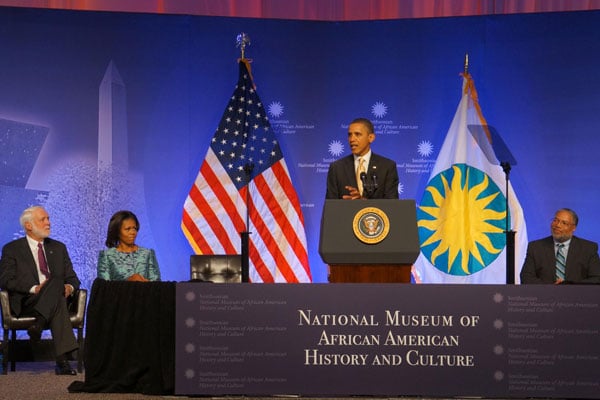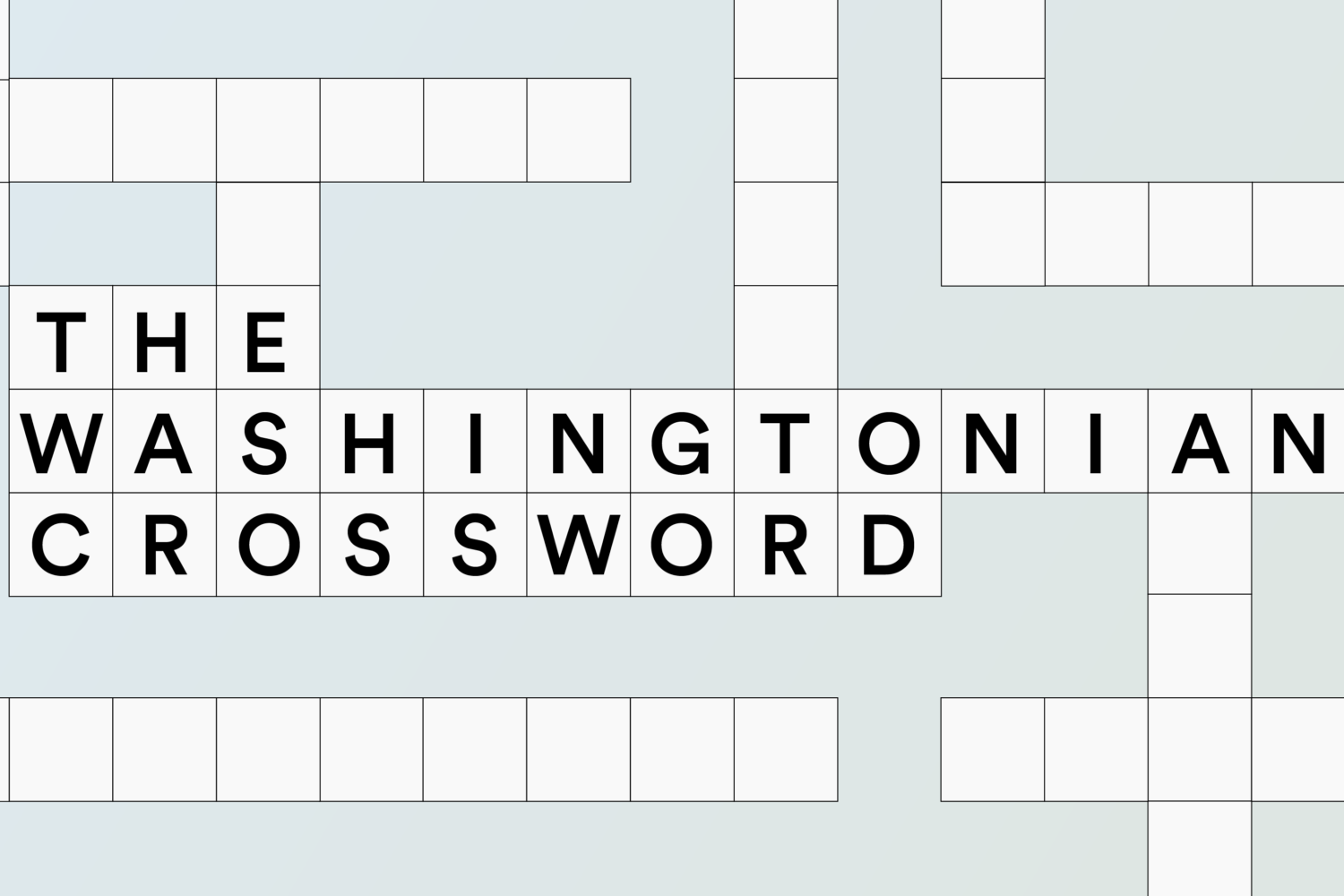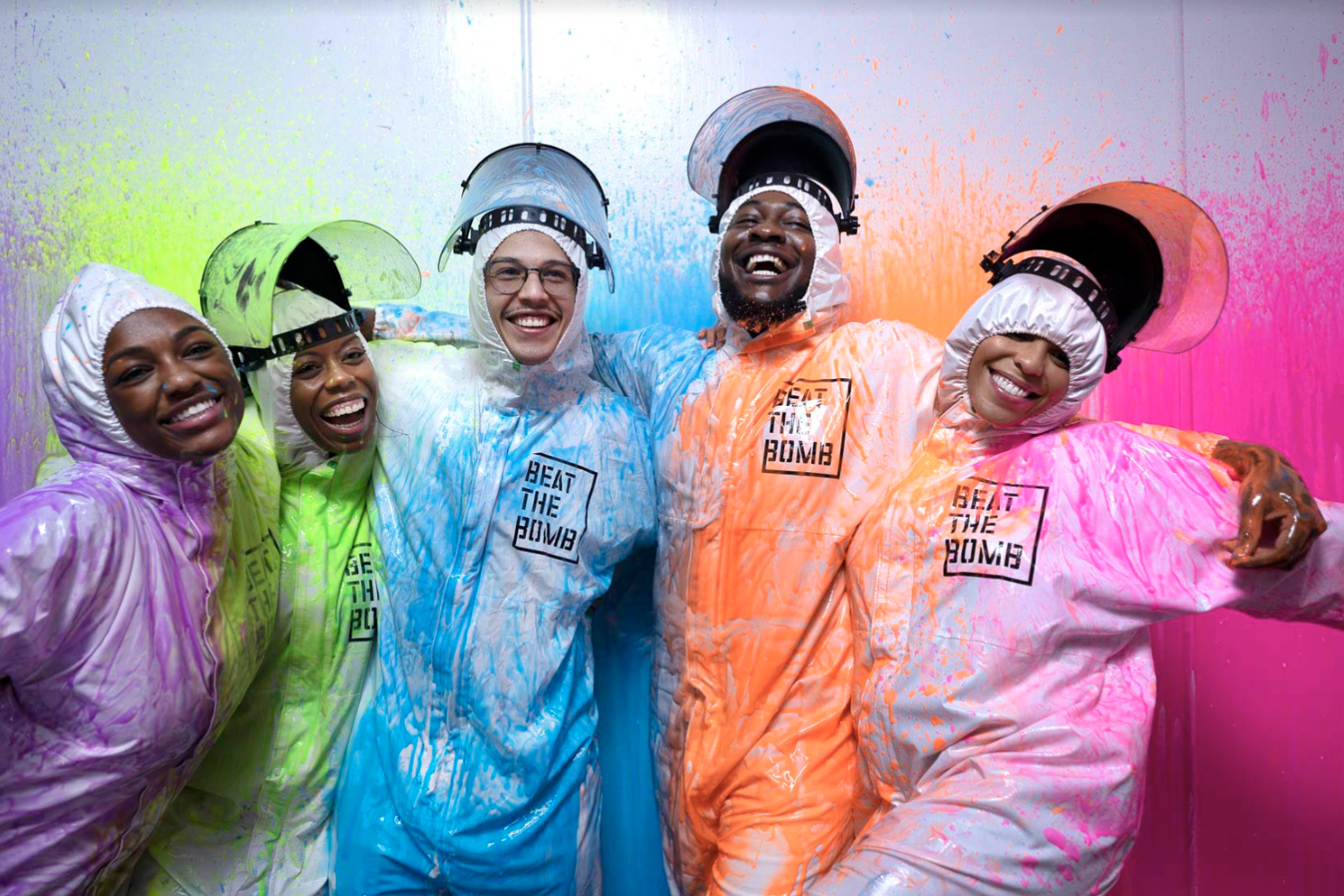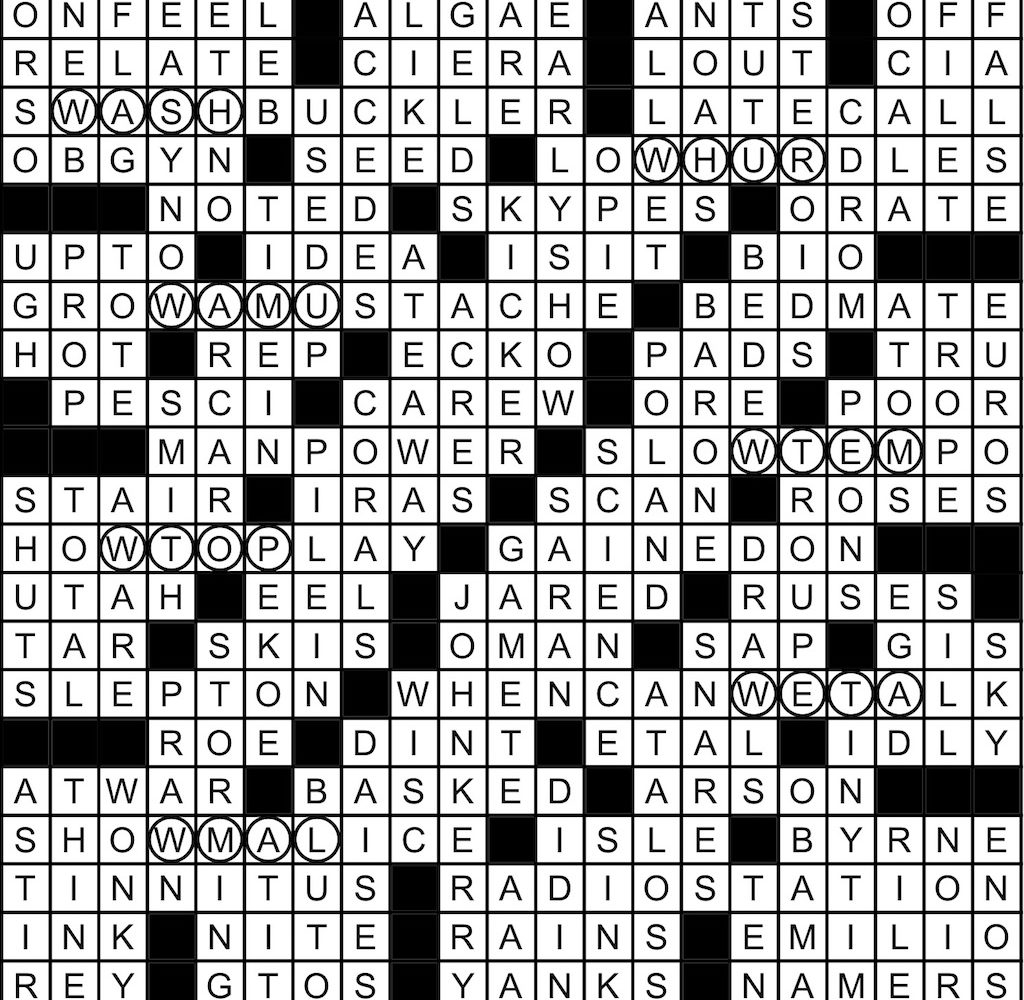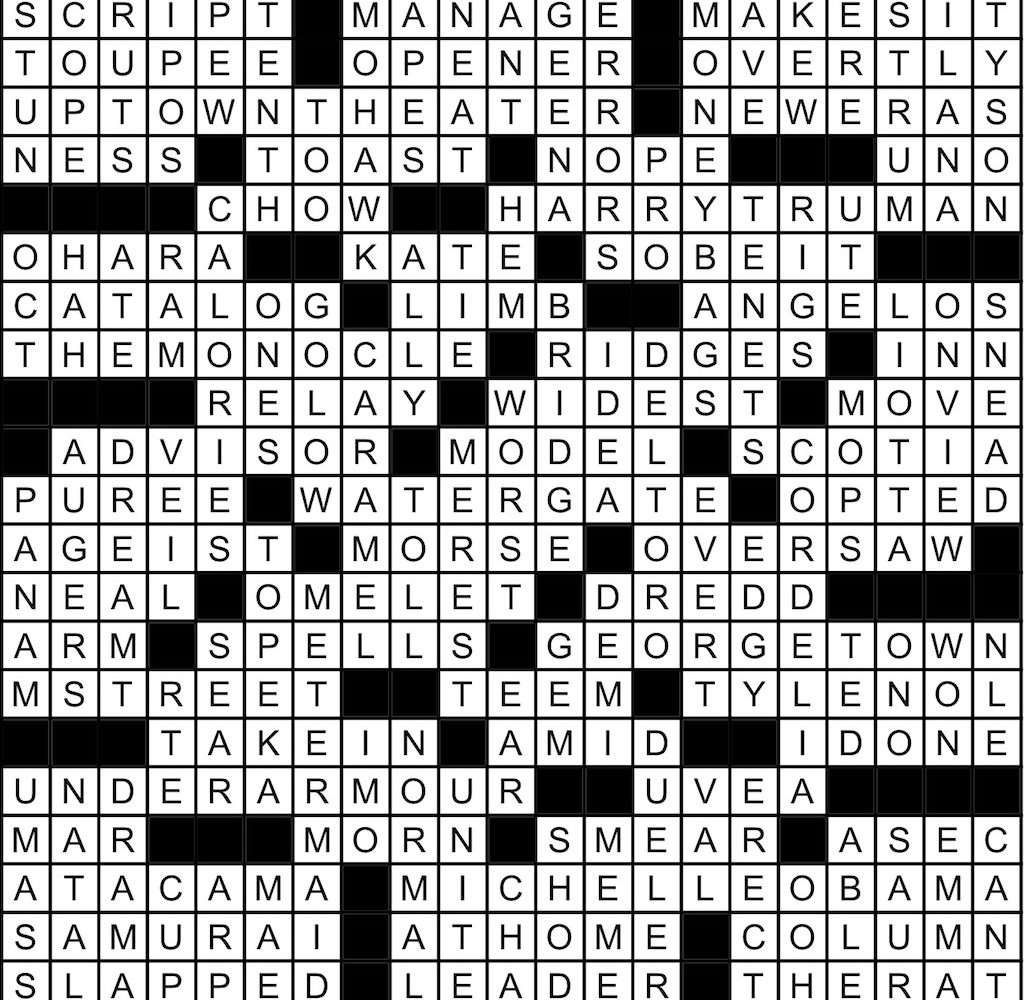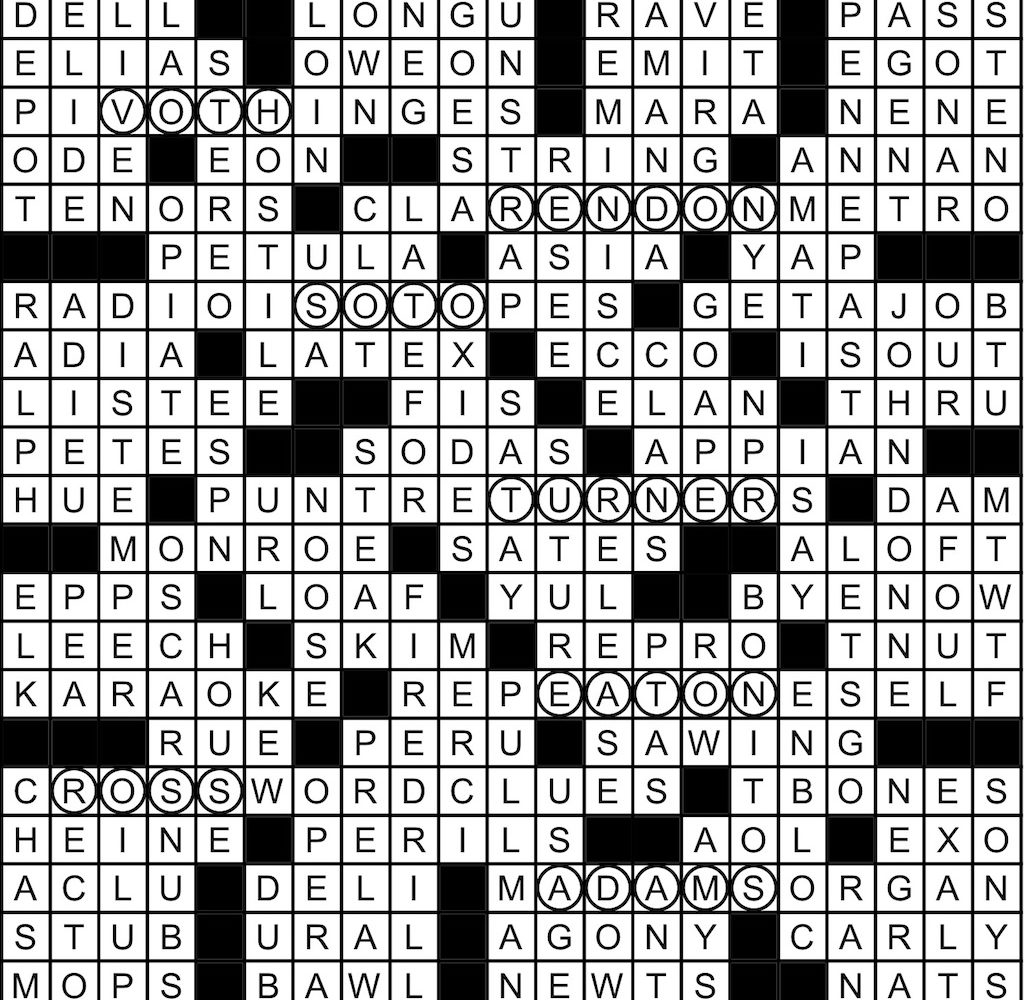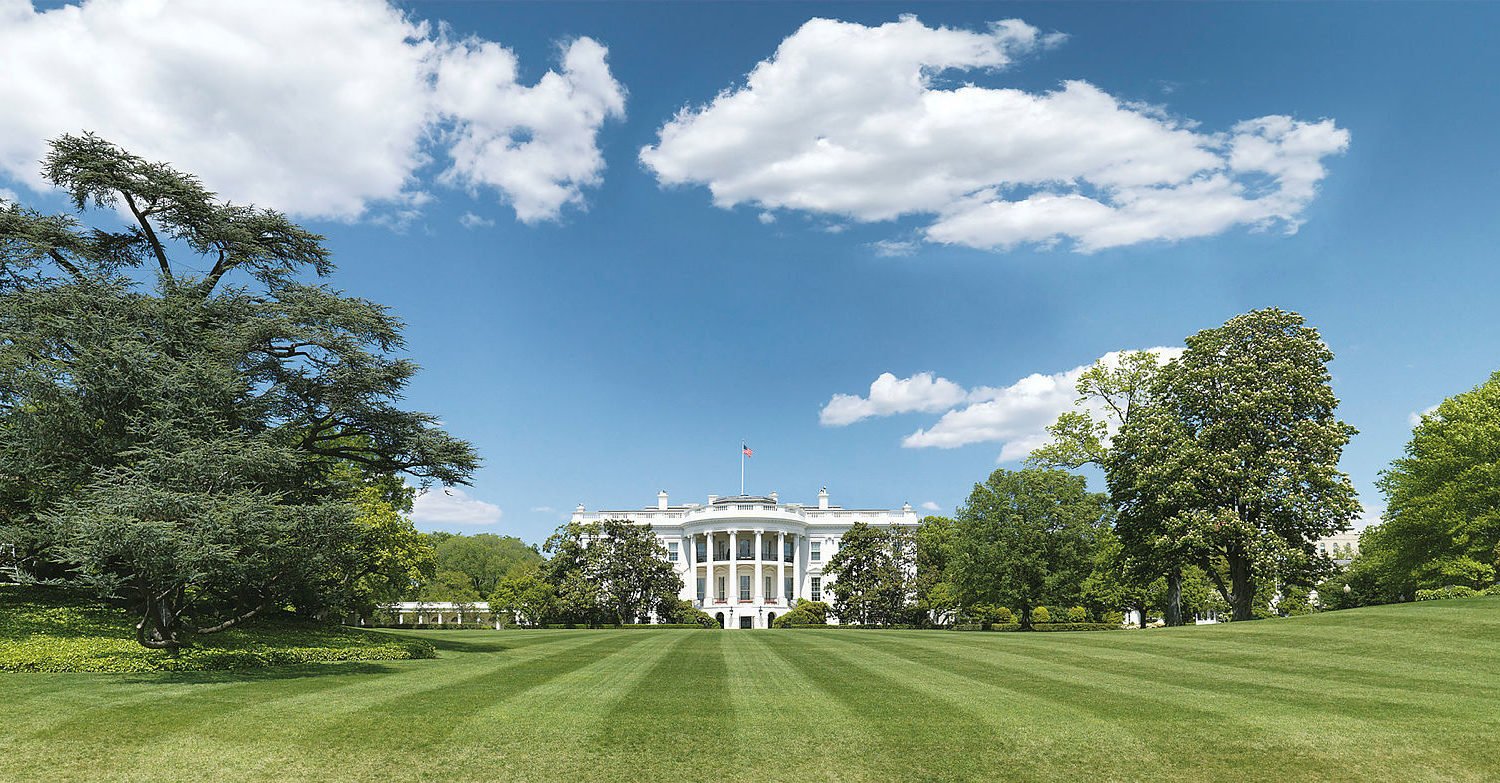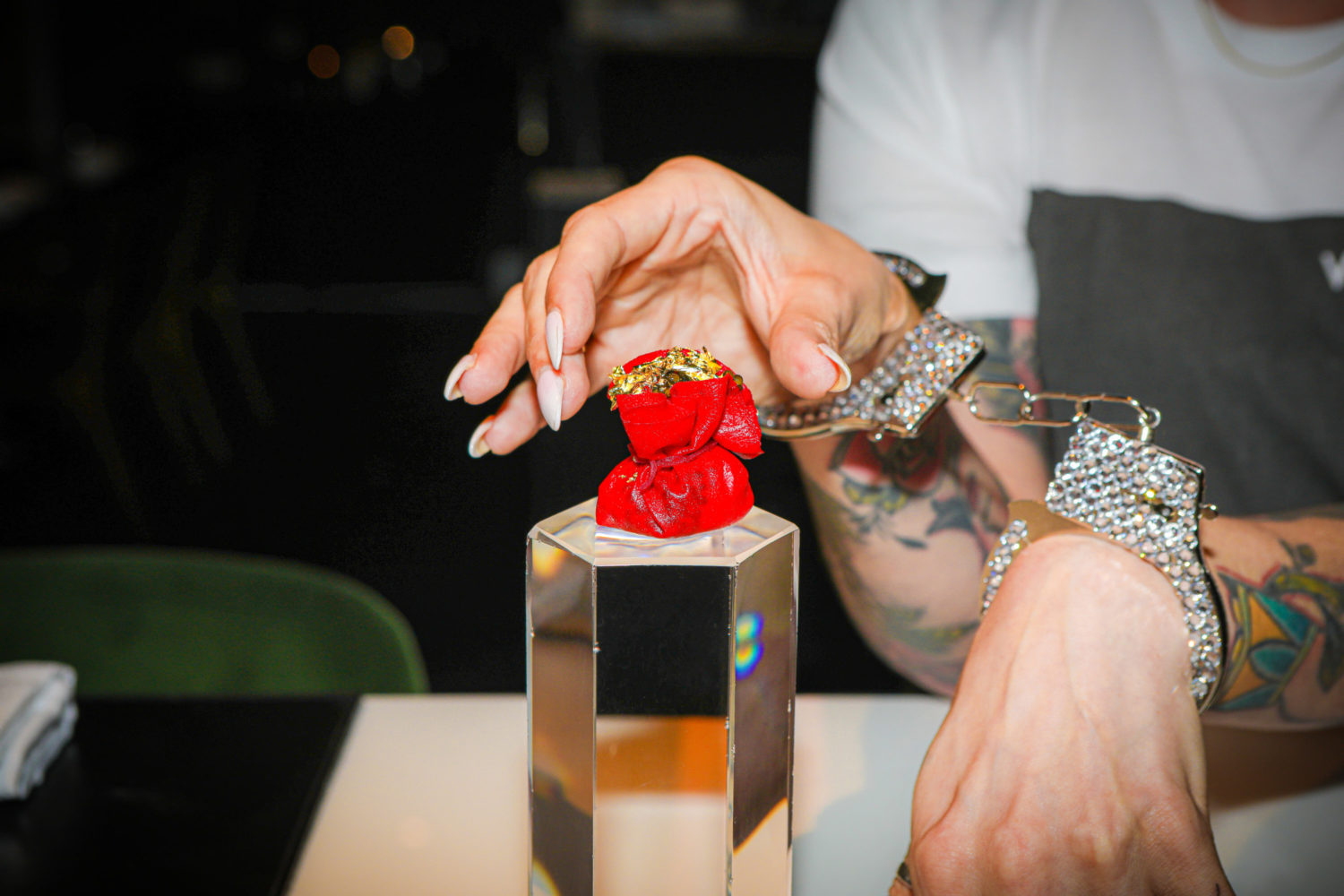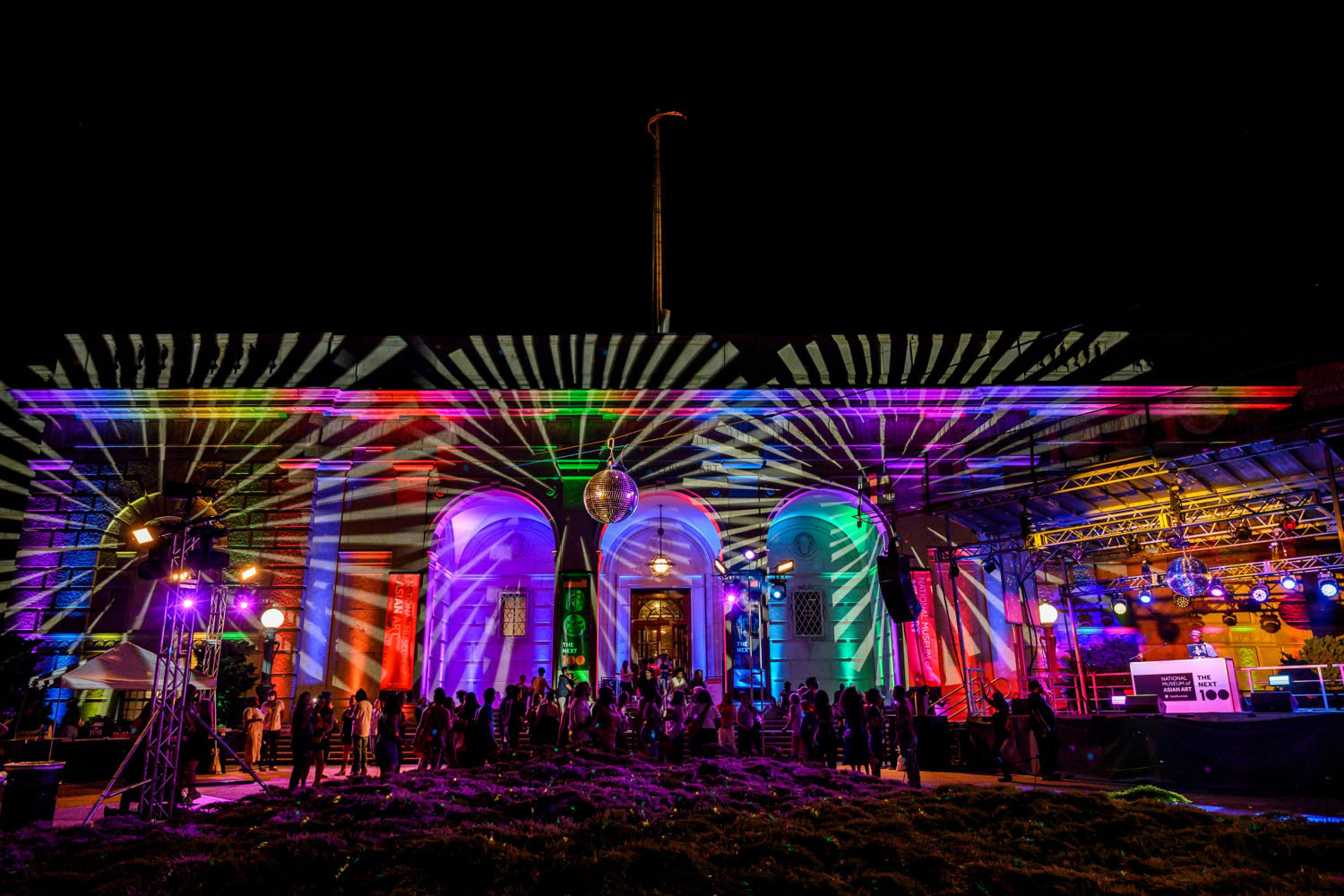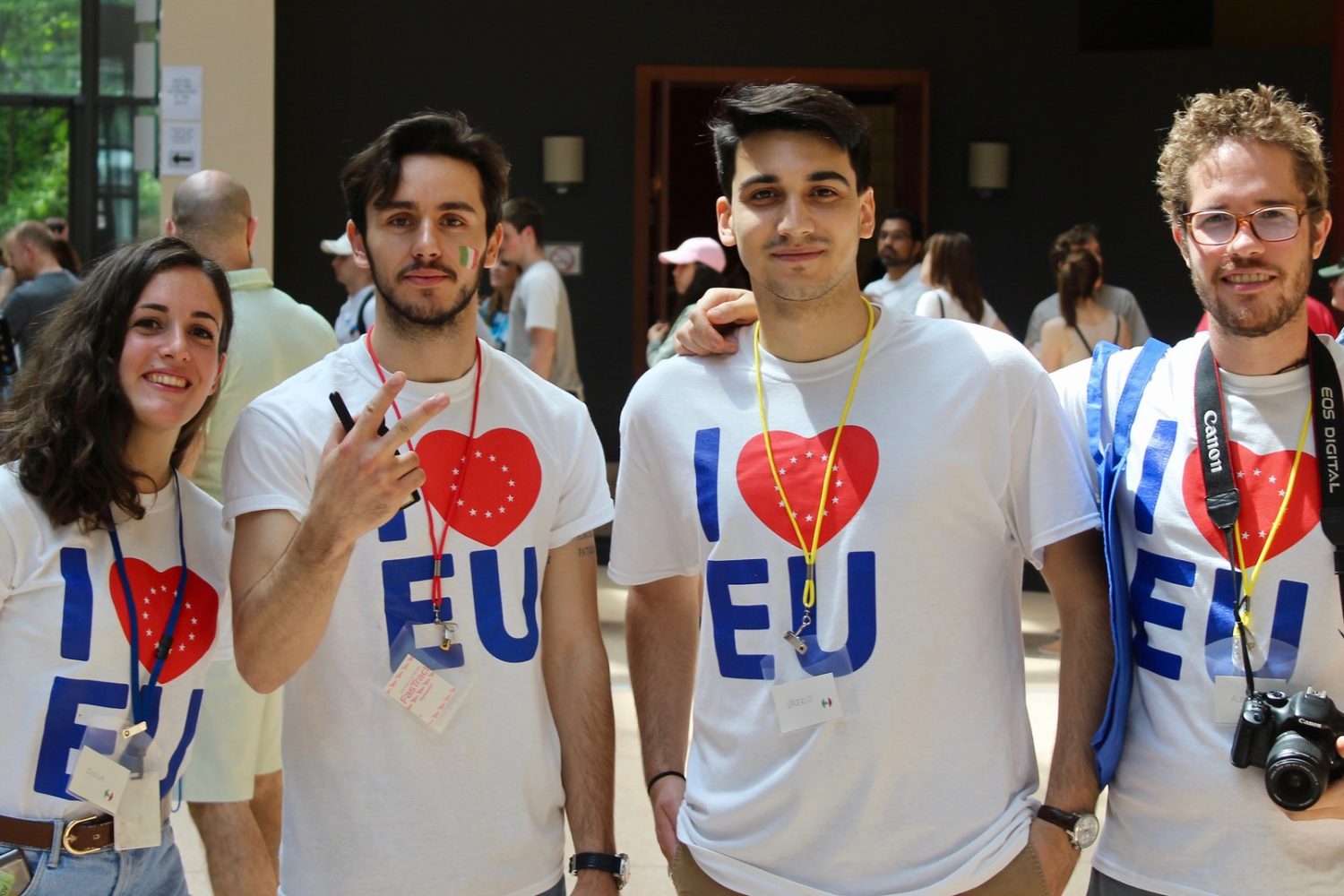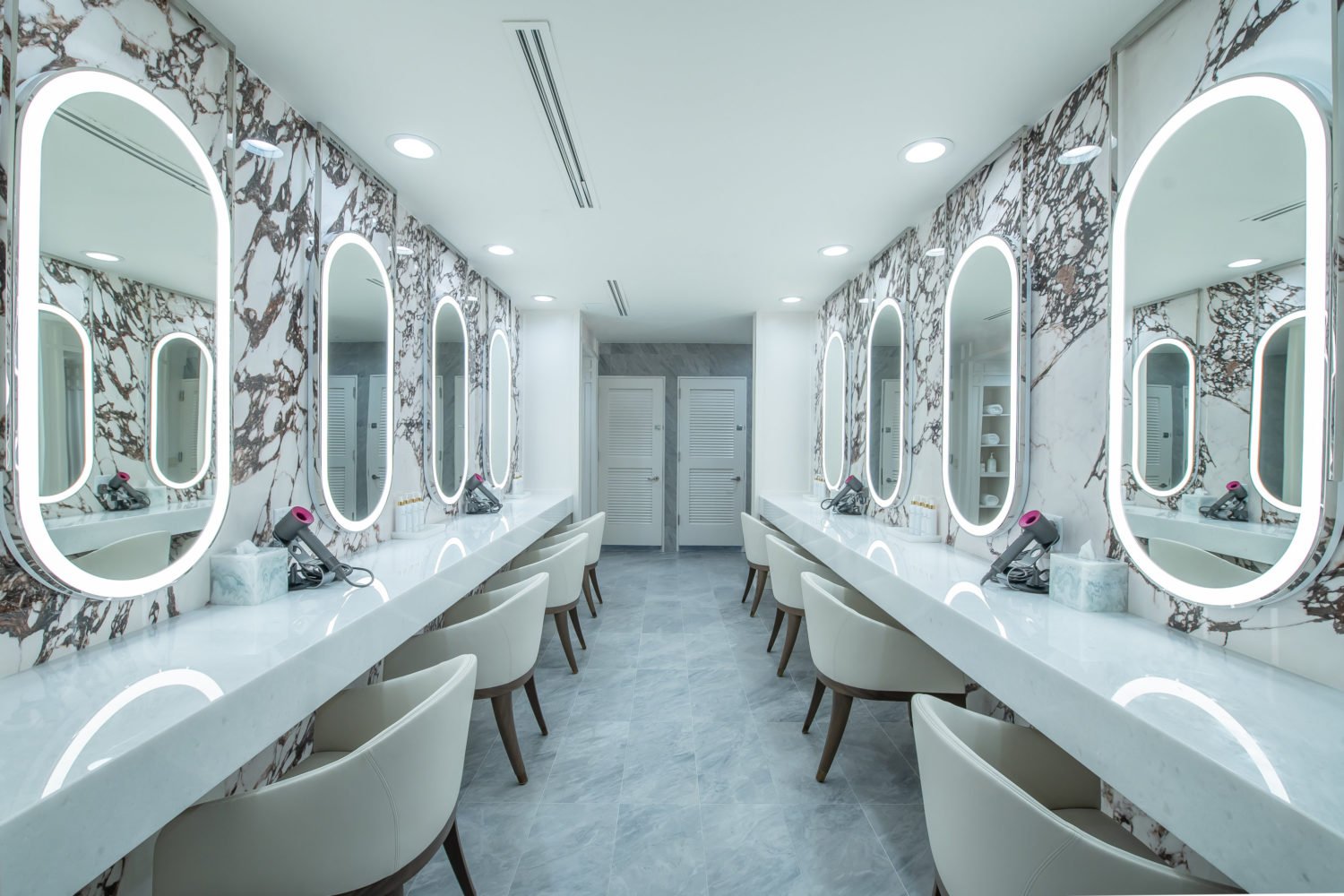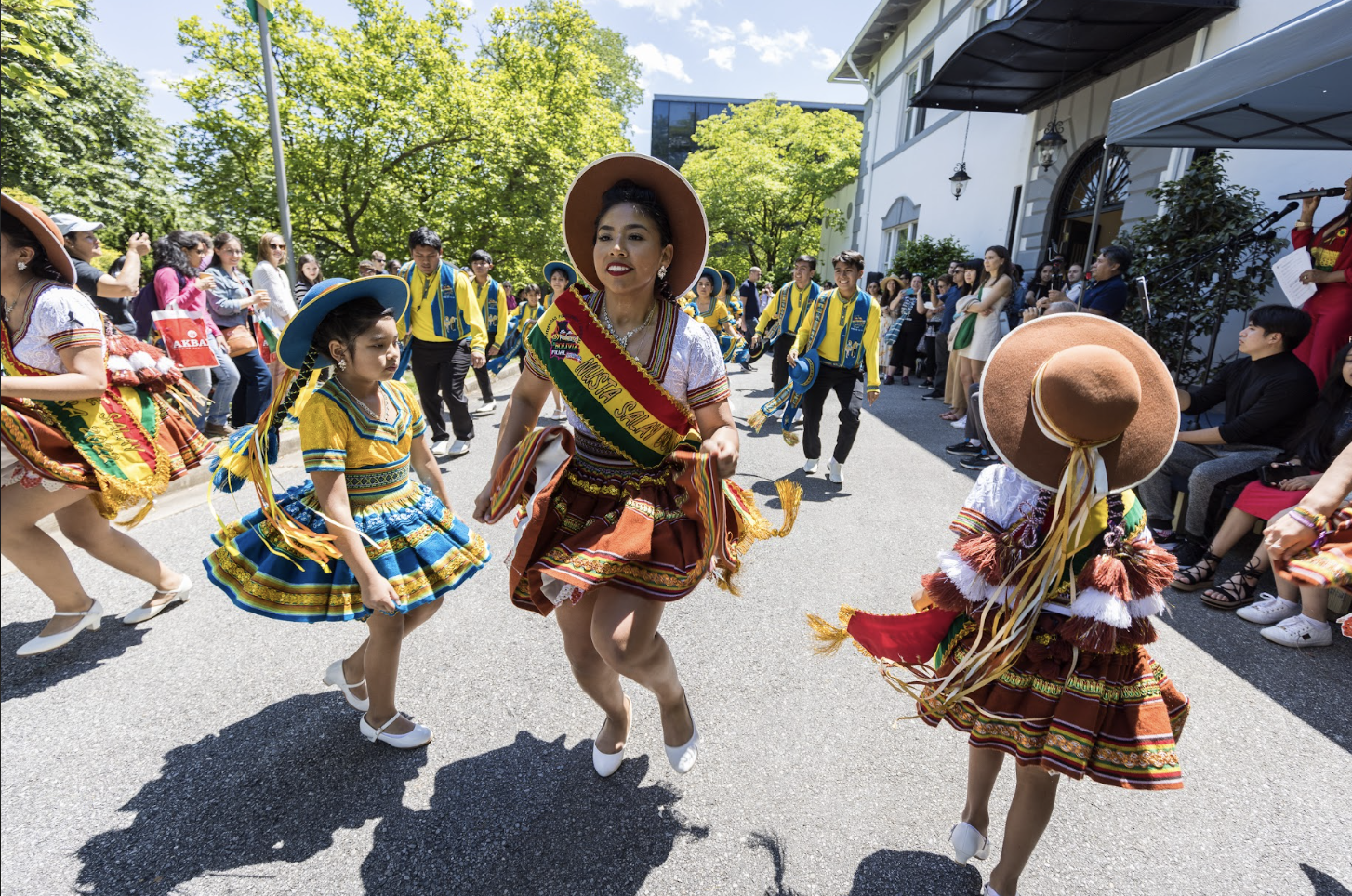President Obama speaking at the groundbreaking ceremony for the Smithsonian’s National Museum for African American History and Culture. Photograph courtesy of the Smithsonian Institution website.
Dr. Lonnie Bunch, director of the Smithsonian’s National Museum for African American History and Culture, says there are two people he thinks of while working towards the museum’s opening in 2015. “There’s the man who shines shoes in a Texas airport, who said it may be the only place where his grandchildren can learn what life did to him and what he did to life,” he said. “And there’s the cleaner at the Smithsonian, who says she’s tired and able to retire, but who told me, ‘I want to continue to work until I can clean our museum.’”
Bunch’s museum came a step closer to its inauguration Wednesday morning at a groundbreaking ceremony at its site on the Mall. In a ceremony hosted by actor Phylicia Rashad and attended by President and Mrs. Obama, former first lady Laura Bush, Smithsonian secretary Wayne Clough, Mayor Vincent Gray, Representative John Lewis, Colin Powell, and many others, a host of speakers talked about what the museum means to them. “This is a milestone not only for the Smithsonian, but for the United States,” said Rashad. “Today we take the first step.”
During the ceremony, Reverend Dr. Calvin O. Butts from the Abyssinian Baptist Church in New York recited poetry by Countée Cullen and Langston Hughes. “What is America to me?” he said. “Copper sun or scarlet sea?” Butts also pointed to landmark achievements for African Americans in recent years, including the election of President Obama, who was seated just behind him, and the new Martin Luther King Jr. Memorial on the Mall.

“We have come this far not by faith alone, but by your belief in the importance of this museum,” said Bunch, who talked of the museum’s role in using African American culture as a lens to better understand the American experience. “This is a museum for all Americans. It will celebrate every American’s story, not just black history.”
The Smithsonian’s checkered history with civil rights was brought up by the institution’s undersecretary for history, art, and culture, Richard Kurin, who recalled how 150 years ago, during the Civil War, the Smithsonian hosted a series of lectures by abolitionists, including Wendell Phillips and Ralph Waldo Emerson. Frederick Douglass was also scheduled to speak, but was forbidden by Smithsonian secretary Joseph Henry, who decreed that a black man should not be allowed to speak in the rooms of the Smithsonian.
“We can’t change what he did, but we can correct it,” said Kurin, who also recalled how Secretary S. Dillon Ripley refused to close Smithsonian museums during the 1968 March on Washington. Instead, Ripley kept the museums open late, so everyone could come in. “Frederick Douglass’s words will certainly now be heard in the rooms of the Smithsonian,” said Kurin.
The ceremony had its lighter moments, as when two young students from Brooklyn’s Stuyvesant Heights Montessori School presented Dr. Bunch with $600 from their “Make a Change with Change” collection. The pair grew tongue-tied when they saw the President on the stage, but both were greeted with a hug by Mr. and Mrs. Obama. Performers at the event included mezzo-soprano Denyce Graves, who sang the national anthem; Kennedy Center jazz adviser Jason Moran, who played “I Like the Sunrise” by Duke Ellington; Howard University’s Afro Blue, who recently appeared on NBC’s The Sing Off; the United States Navy Band, the Madrigal Singers of St. Albans and National Cathedral Schools; and the Heritage Signature Chorale, directed by Stanley Thurston. Thomas Hampson also performed pieces from Aaron Copland’s Old American Songs.
Smithsonian secretary Wayne Clough acknowledged the museum’s bipartisan “message of unity” before ceding the podium to Laura Bush, who talked of how both the Capitol Building and the White House were built by the efforts of African Americans. “We don’t know their names, but they left a lasting legacy,” she said. Bush also mentioned how her husband, President George W. Bush, was proud to sign the museum into law in 2003 when it was proposed in a bill by congressman John Lewis. Lewis, who was also present, quoted Langston Hughes. “We’ve taken a dream deferred and helped it find its place in history,” he said. “Make it plain, make it clear, that there is still a great deal of pain that needs to be healed. But we didn’t give up. We didn’t give in. We didn’t get lost in a sea of despair. We had faith. We kept our eyes on the prize.”
The ceremony’s final speaker was President Obama, who acknowledged his own hero, Congressman Lewis, before speaking of Lonnie Bunch’s Chicago roots. “This museum should stand as proof that the most important things in life rarely come easily, or quickly,” he said. The President also spoke about what he wanted his own daughters to see in the museum: the shackles of bound slaves going across the ocean, but also Louis Armstrong’s trumpet. “This is a call to see ourselves in one another,” he said. “A call to remember that each of us is made in God’s image.”
For more information on the National Museum of African American History and Culture, visit the museum’s website.

